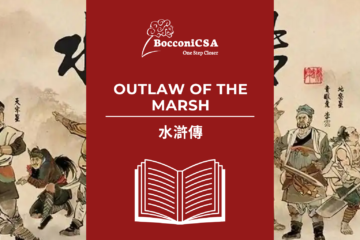Authors: Diandian Jiang, Stella Hu
恭喜发财 GONG XI FA CAI
This is the Chinese Greeting for the new year and it means “wishing you luck and prosperity”. The New Year is the most important and festive among Chinese holidays.
It is a traditional 15-day festival that happens between January 21st and February 19th and marks the New Year in the Chinese calendar based on the cycle of the moon. This year, it falls on February 1st.
It is said that the New Year customs developed one winter, a long time ago, when a wild beast called “Nian” attacked a village. To keep the beast away from their homes, the villagers started to paint the doors of their houses red, build fires and set off firecrackers until the beast ran away. This tradition still exists to the present day.
On New Year night, people clean up their homes to invite relatives and friends for a special meal. Dishes, typical of Chinese cuisine, represent happiness, health and luck, such as dumplings, fish, rice cake, fruit and vegetable.
However, children’s favourite part of the Chinese New Year is when they receive red packets with money inside. The money in red envelopes is also known as 压岁钱 (yā suì qián), literally, “money to anchor the year(s)”. Variants of the name are “lucky money” or “New Year’s money.” By giving the money to children, elders hope to pass on a year of good fortune and blessings.
The final night of celebration is the Feast of Lanterns in which, traditionally, glowing lanterns were carried in a procession and hung in temples. There also are dragon dances, performances, and festival parades with music and acrobatics.
The Chinese Zodiac Year, or Ben Ming Nian, follows a 12-year cycle where each year is represented by a symbolic animal. In 2022 we ring in the year of Tiger. The Tiger represents being courageous leaders brimming with self-confidence and enthusiasm.


